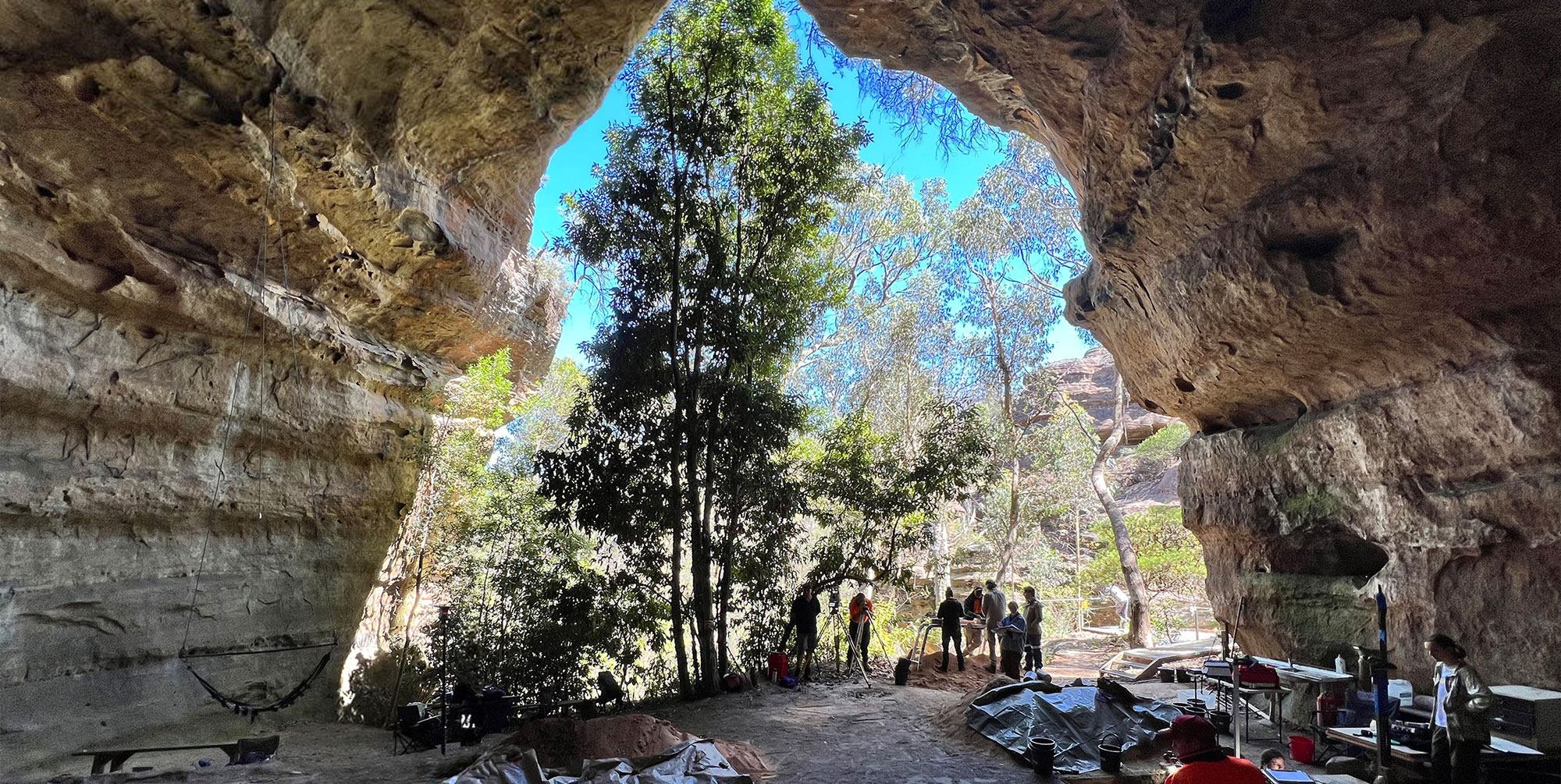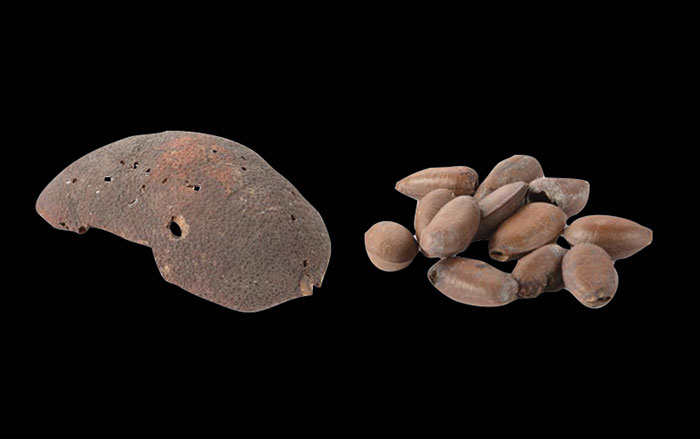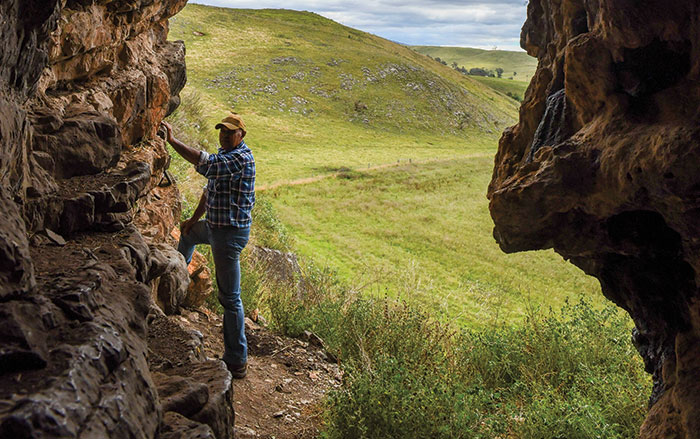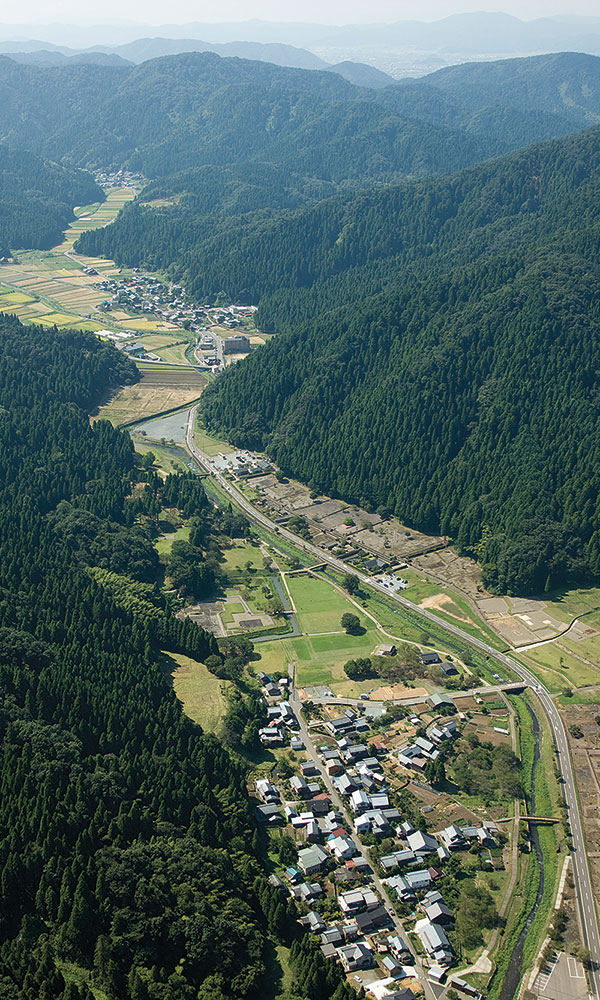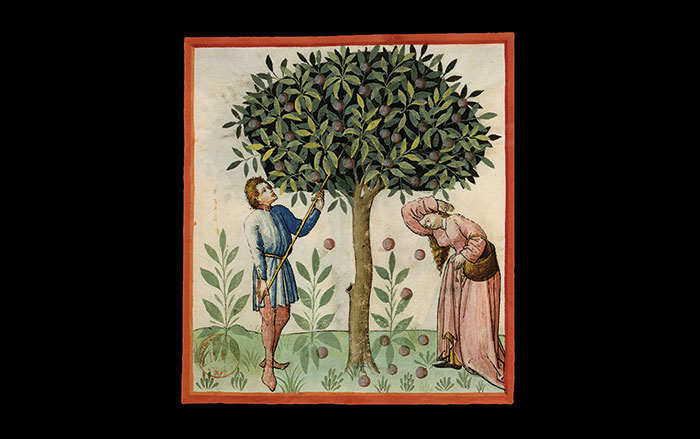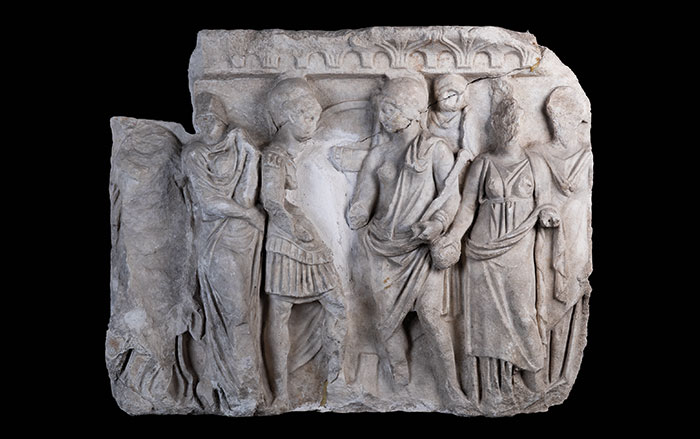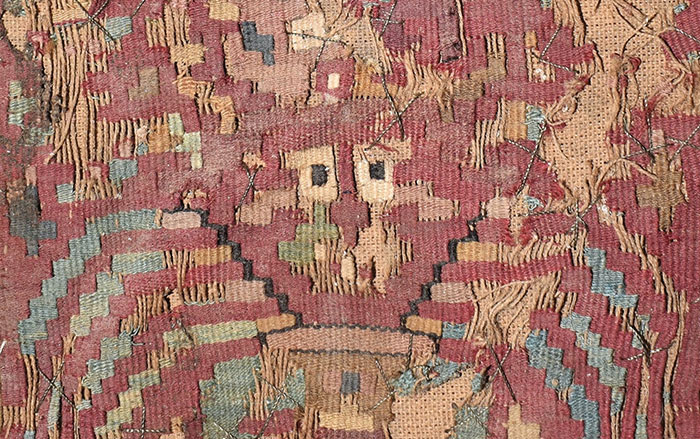SYDNEY, AUSTRALIA—It has long been thought that Australia’s Eastern Highlands acted as a barrier to human settlement during the last Ice Age. The treeless and frozen landscape was considered too inhospitable for people to live there, even temporarily. According to a report in The Guardian, however, new research conducted by Australian Museum, the University of Sydney, and the Australian National University in collaboration with First Nations community members indicates that this was not the case. During recent excavations at the Dargan Shelter in the Blue Mountains led by Dharug custodian and knowledge holder Wayne Brennan and archaeologist Amy Mosig Way of the University of Sydney and the Australian Museum, the team uncovered hundreds of stone artifacts and in situ hearths that suggest humans lived there for by at least 20,000 years ago. “It’s just such a kind of mind-blowing experience when you unearth an artifact that was last touched by someone 20,000 years ago,” said Way. Located at an elevation of 3,500 feet above sea level, the cave is the highest Ice Age site in Australia that humans occupied. Researchers believe that at the time the average temperature would have been much colder than it is today, water would have been frozen much of the year, and firewood would have been hard to procure. The new study lends support to other recent global findings that indicate ancient humans were hardier than previously thought and that icy climates did not block them from traveling through or inhabiting high-altitude environments. Read the original scholarly article about this research in Nature Human Behaviour. To read about rock art that shows how Aboriginal ancestors envisioned the changing climate around them, go to "Letter from Australia: Where the World Was Born."



